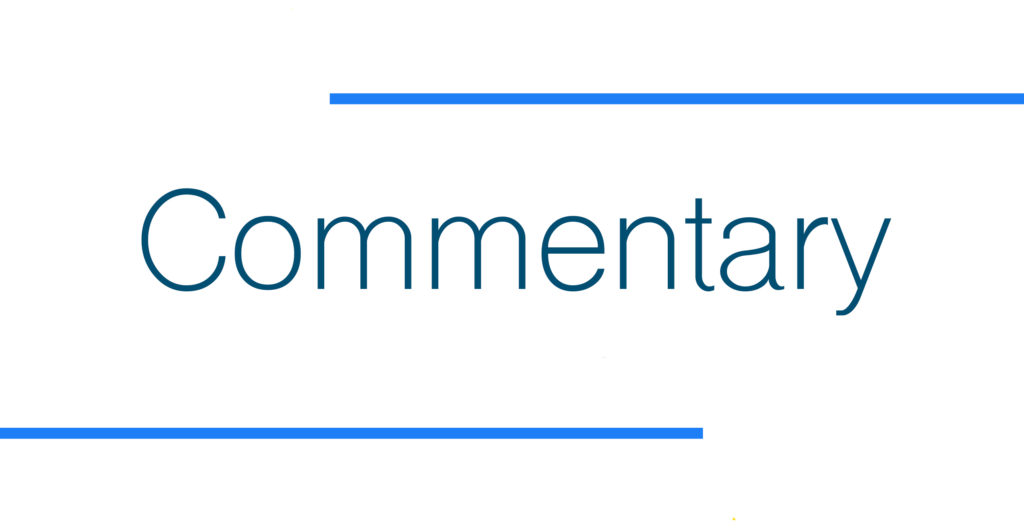Schools now recognize that scenario planning is essential to their overall planning. Those institutions and companies that could react quickly at the beginning of the pandemic have come out ahead. Those that were prepared for only one reality have suffered. Bringing in people with a new set of skills will help ensure successful scenario planning and build institutional resiliency.

Resilient institutions are better situated to make it through upheaval and respond to opportunities; they can be the disrupters rather than the disrupted. An institution can become resilient through a host of mechanisms (increasing cash reserves, diversifying revenue streams, streamlining operations), but it must start with a recognition that the future holds possibilities that don’t resemble the present. To plan for an unknown future requires a level of imagination that is not part of normal administrative practice.
Most business reports are based upon the recent past from which the future is supposed to be extrapolated. But if the future is different than the measured past, these data points don’t help with the future as much as imagination can.
Using liberal arts for emphasis
Effective scenario planning must be grounded in sound business practices and supported by someone who can lead a team through thought experiments about possible futures. Those versed in the liberal arts can add value in the scenario planning process. Colleges are full of those trained in the liberal arts. These individuals should be brought into the scenario planning process to complement the planning process.
No school can honestly say it had a contingency plan for a global pandemic. This isn’t because schools are ignorant or don’t care, but they have more immediate needs to address. Furthermore, once a crisis passes, or we’ve been living with it for a while, we adapt and move on. Researchers at Yale University show that we can normalize anything.
This is where the arts are helpful. The arts have a way of making events visceral; they make the imagined real. There is a distinct difference between reading tables with the names of lives lost in the Holocaust and reading Eli Wiesel’s Night or watching Schlindler’s List. It may seem superficial to require these things to move us, but it’s the reality of how our minds work.
Think of the rise in popularity of Alexander Hamilton. His influence has been recognized and documented for two centuries — his face is on U.S. currency — but it took a Broadway musical with catchy music for people to connect with him and appreciate how he shaped the U.S.
The arts make things seem important and that’s precisely what’s required in scenario planning.
Steps to improve scenario planning
This intuition is supported by research as well. Neuroscientists Diana Tamir, David Comer Kidd and Nicholas Carr show that fiction can deepen a reader’s understanding and appreciation of events more so than other methods of learning. If companies can make threats seem real, in a way only the arts can, scenario planning can be more effective, and companies will be better positioned to take on an uncertain future.
There are three steps schools can take right now to improve scenario planning:
- Prioritize scenario planning. It’s not enough to have a consultant come in and discuss the importance of scenario planning. This must be a priority set and supported by the executive team. This starts with setting expectations and creating a safe environment for exploratory talk. Schools must codify their commitment and dedicate the necessary resources.
- Build teams. There need to be people with the time, space and incentives to engage in scenario planning. There doesn’t need to be one team; this is done best with rotating, ad hoc teams.
— Teams should be cross-functional. There need to be representatives from across functions in order to make sure proposed solutions are realistic and representative.
— Team members should be temporarily protected from their day-to-day duties. The process should be something team members can engage in without distractions from their regular responsibilities.
— Align incentives. Those serving on scenario planning teams should be incentivized to do so. Whether this is built into quarterly reviews or gaining visibility with executives they would not otherwise have, incentivizing service is essential for gaining team buy-in.
- Integrate the arts. Select people with a background in the arts to help with the training. As stated above, making the scenarios seem real is the only way to make them seem important. Integrating literature, film or other forms of art is the best way to get the team into the right headspace. Those with training and experience teaching in the arts can act as facilitators at the outset of the process.
Rolling up sleeves
The facilitators cannot be abstracted from the day-to-day realities of running the college, but they also can’t be exclusively focused on short-term targets. These individuals will lead the teams through the necessary thought experiments and get them engaged on an emotional and mental level.
The initial sessions would focus on brainstorming relevant scenarios and then exploring the macro and industry level impacts that could range from geopolitical disruption, to changing societal norms or technological upheaval.
Bringing in works of literature or history as a background can have a profound impact on expanding the imagined possibilities and bringing to light those things that lay outside traditional business concerns. Someone whose mental map has been created outside the business paradigm can bring a fresh perspective and new insights.
Have a structure ready
We don’t know what the next great disruption will be, but with a warming climate, a global famine is not an outlandish scenario for which to plan. Would there be social unrest, supply chain disruptions or rearranging of international alliances? Would study abroad or international students be viable revenue streams?
Given how rare an occurrence like this would be, schools can’t look at the way the world is to scenario plan; they must use an informed imagination to consider all relevant possibilities. Someone whose imagination is cultivated through an engagement with the arts is uniquely situated to bring about these considerations.
Schools have faced a tremendous amount of disruption over the past couple of decades. Those who have been best equipped to adapt have remained viable. Those who have not have struggled to survive; if they have survived at all. Scenario planning will build resilience to a college’s business operations.
Let’s be direct: resilient schools have a better chance of success than those stuck with one way of doing things. It doesn’t matter if the disruption is from a natural disaster, government regulation or a new start-up; there will always be something that threatens a school’s existence.
Scenario planning allows schools to respond intentionally rather than react hastily. To do scenario planning well, resources from outside the traditional administrative world need to be brought inside.





